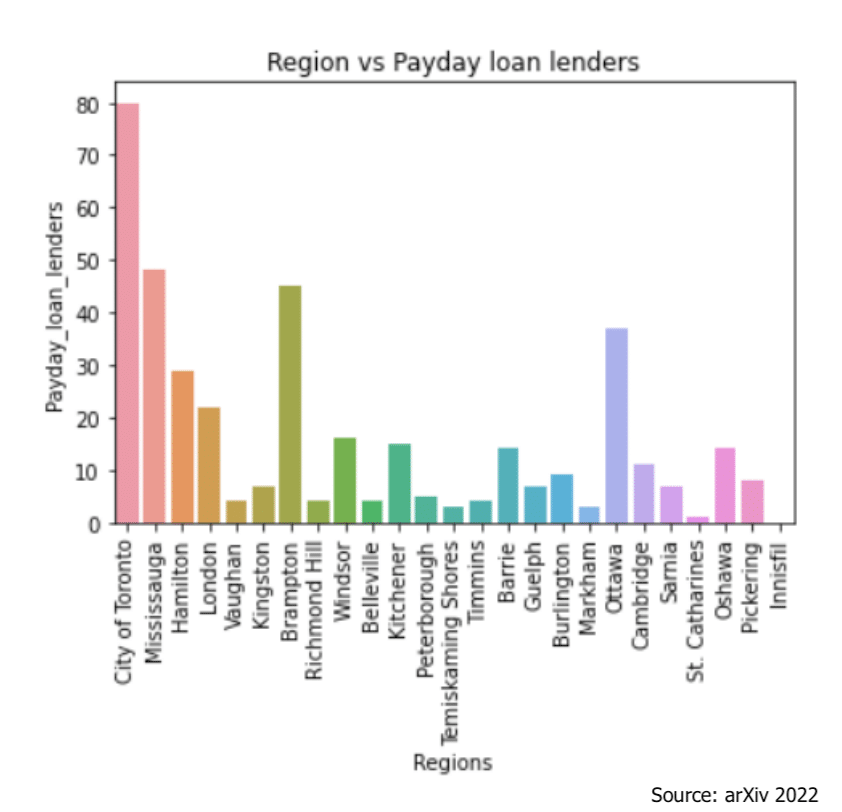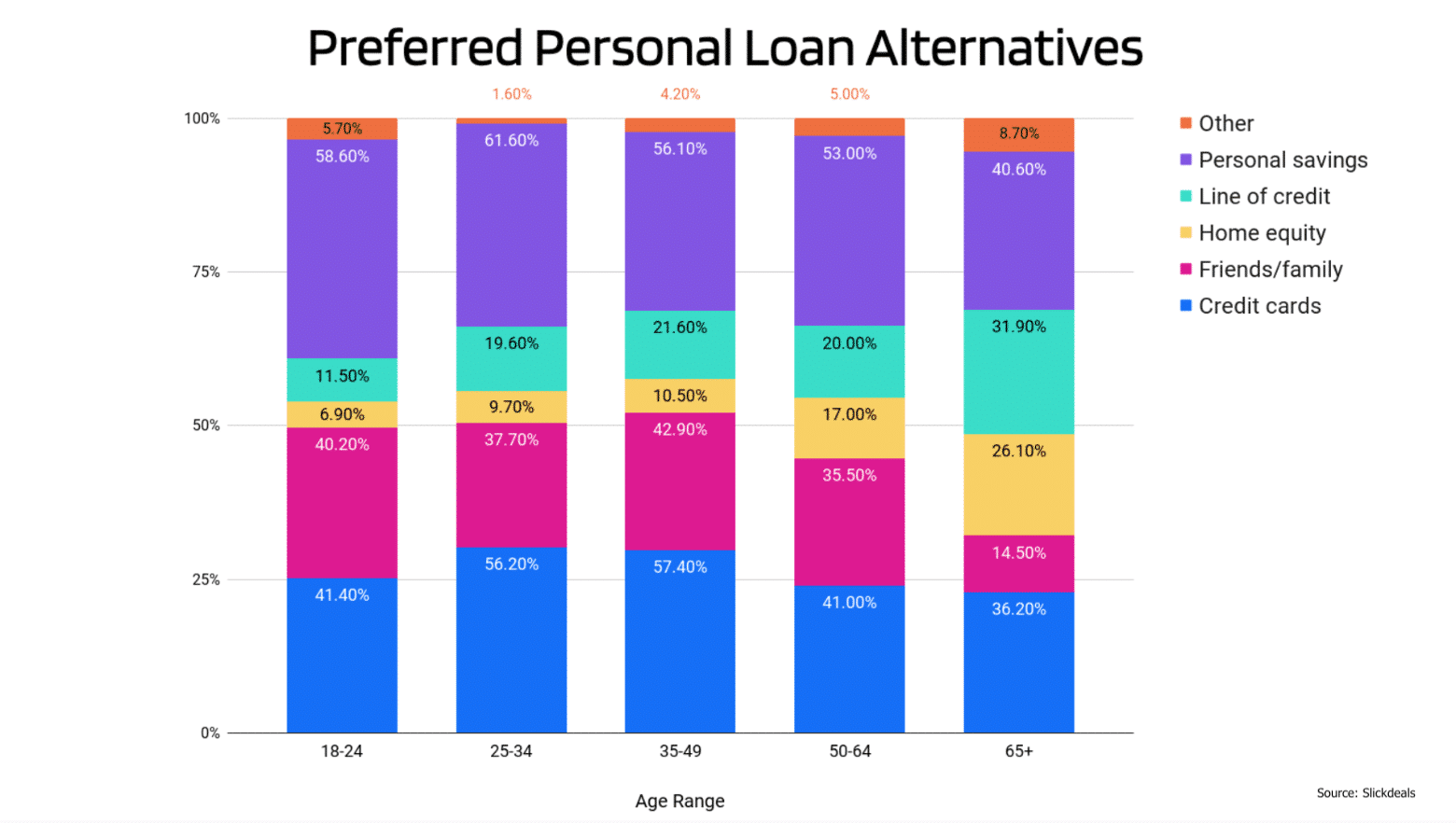Most Canadians don’t have the financial ability to find a car they love and buy it outright. Instead, they have two options, lease a car or get a car loan. If you choose to get a loan, there are many important steps that need to be followed, in sequential order. Getting a car loan isn’t a difficult process, but you must do it correctly so you don’t end up neck-deep in debt.
Words you’ll need to know before you start
There’s a good chance you’re going to hear these terms throughout the loan and buying process, it’s important you remember and understand each of them!
- Cosigner: A second person, usually a family member or close friend who takes responsibility for paying off the loan
- Debt to income ratio: A ratio showing the percentage of the borrowers debt to their total income
- Bill of sale: A document prepared by the seller including all the details of the sale
- Stipulations: The documents all lenders need to finance loans
- Credit score: A number assigned to a person that indicates their ability to repay a loan. For more on this check out this blog.
- Loan to value ratio: A number showing the difference between a car’s value and the amount being loaned
- Truth in lending: A law that requires lenders to disclose the Annual Percentage Rate of a loan to any potential borrowers
- Invoice price: the amount the dealership pays the manufacturer for the purchase of a vehicle.
Steps you need to take
Now that you understand the basic lingo while buying a vehicle, let’s walk through each step you need to take in getting a car loan.
Step 1: Figure out your budget
This is the most important step in the process! You need to decide on how much you can afford to pay per month.
Most experts recommend keeping your monthly loan payment less than 20% of your monthly income.
If you can afford to make a down payment, do it. Anything you can do to decrease your monthly payments will help you out long term. Even if it means putting in extra hours at work or selling any stuff that’s been collecting dust in your garage. While it may seem nice not having to make any initial payments, you’ll likely regret it in the long run as both your monthly payments and interest rate will increase without it.
Step 2: Find out your credit score
Now that you have a good idea of your budget, you need to find out your credit rating. The lender’s willingness to give you favourable loan conditions in terms of contract length and interest rate is almost entirely dependent on if you have a good credit score. There are two ways for Canadians to check their credit scores.
- Ordering a paper copy from the credit bureau: Transunion Canada and Equifax Canada offer free physical copies of your credit report. Getting a credit report from either of these sources will not affect your credit score.
- Using a credit site like credit karma: While the report you get from credit karma won’t be identical to the report you get from one of the two credit bureaus, credit karma will give you a good idea of where your credit stands.
Step 3: Compare lenders rates
There are many sites you can use to check out the current lender’s rates in Canada. We recommend checking out Car Loans Canada’s rates page where rates are listed from 20 lenders across Canada! The other thing to note when looking for lenders is whether you want to do a fixed loan or a variable loan.
This type of loan will have the same interest rate throughout the term.
A variable loan’s interest rates fluctuate with the market. It is best to try and avoid this kind of loan when applying for financing.
Step 4: Get your documents together
Now that you have a budget and a few potential lender options, it’s time to get all of your documentation together. Before you make the trip to the financing office, make sure you have these items handy:
- Your name
- Your current address
- Proof of employment
- Proof of income
- Proof of insurance
- List of debts
- Your social insurance number
Step 5: Get pre-approved
This step is more applicable to those who are applying with less than perfect credit. While lower payments over a long period of time may seem appealing, it’s actually costing you significantly more in the long run. If you apply on a site like Car Loans Canada, if you’re pre-approved, you’ll be able to leverage this approval in the negotiation process with the dealership.














